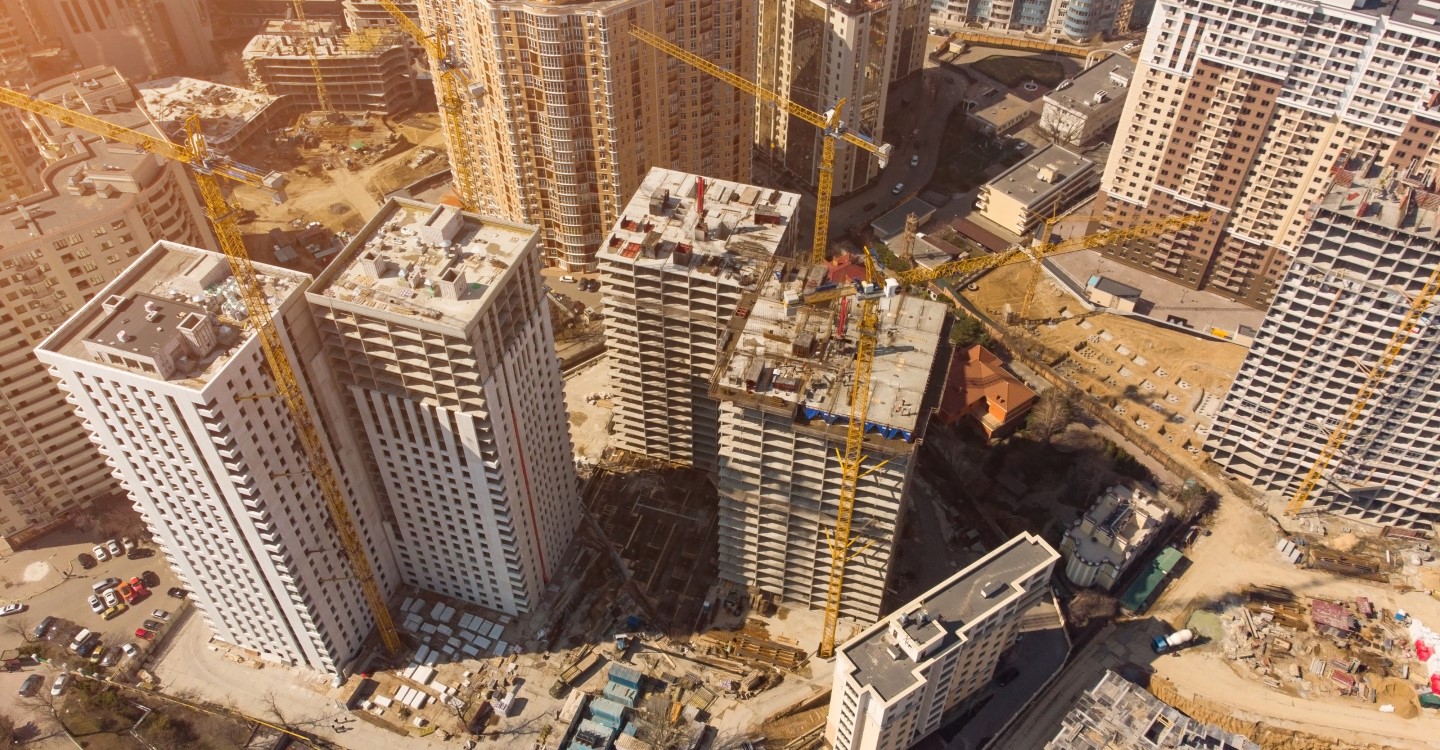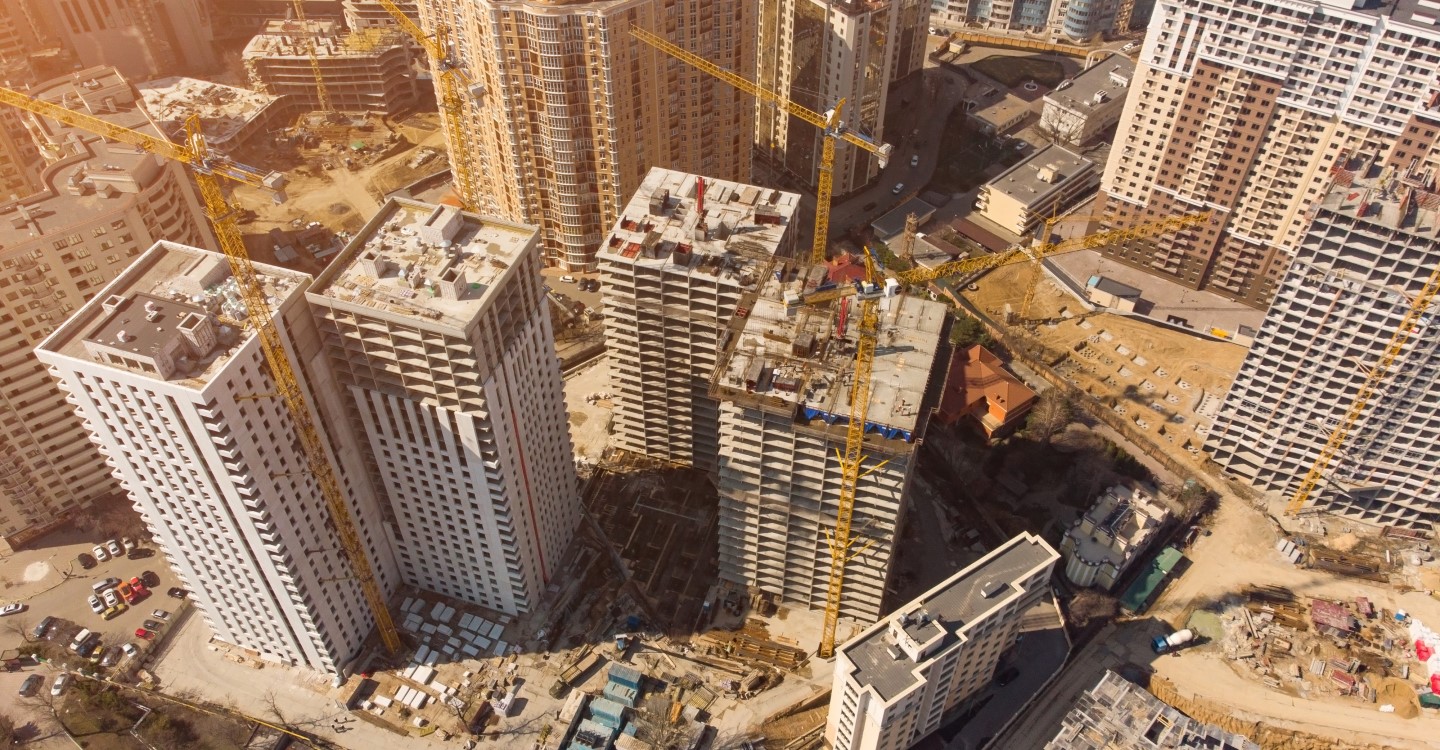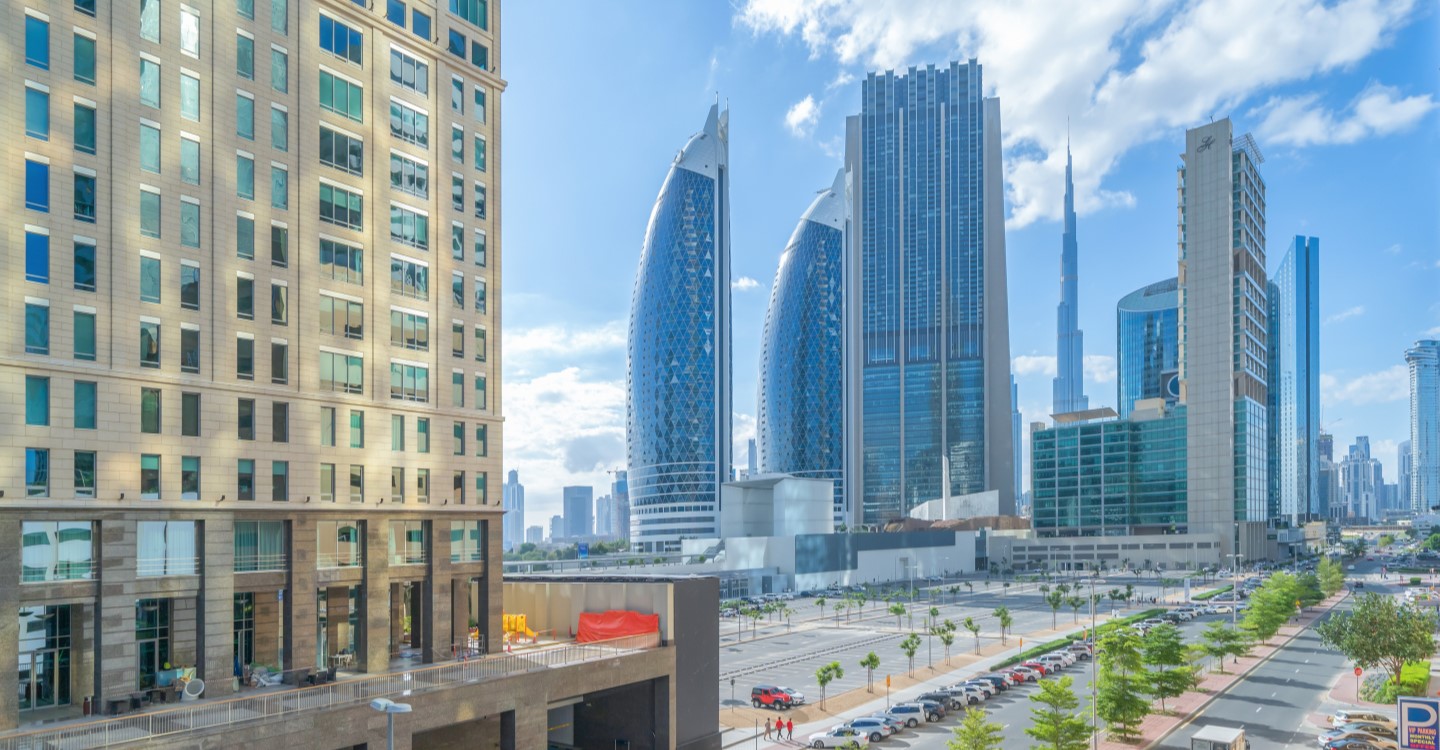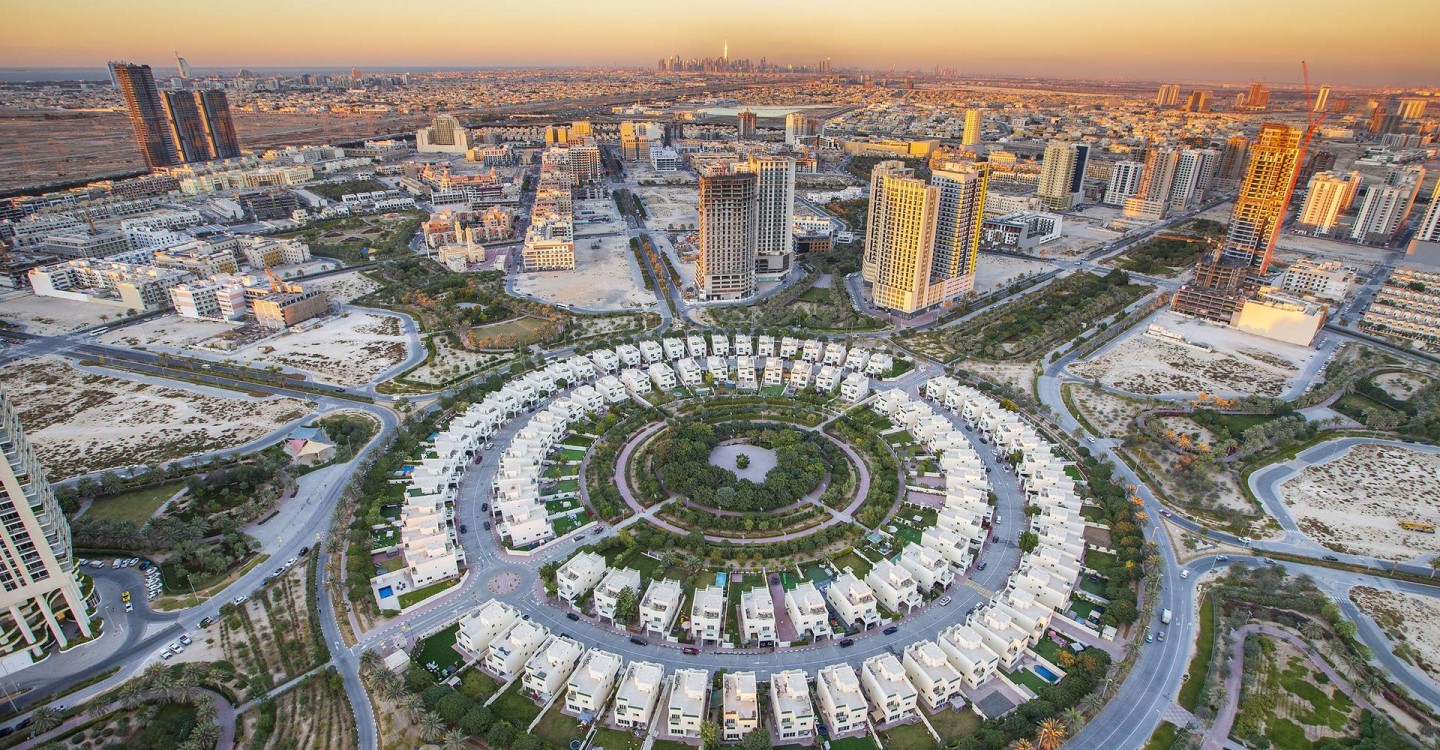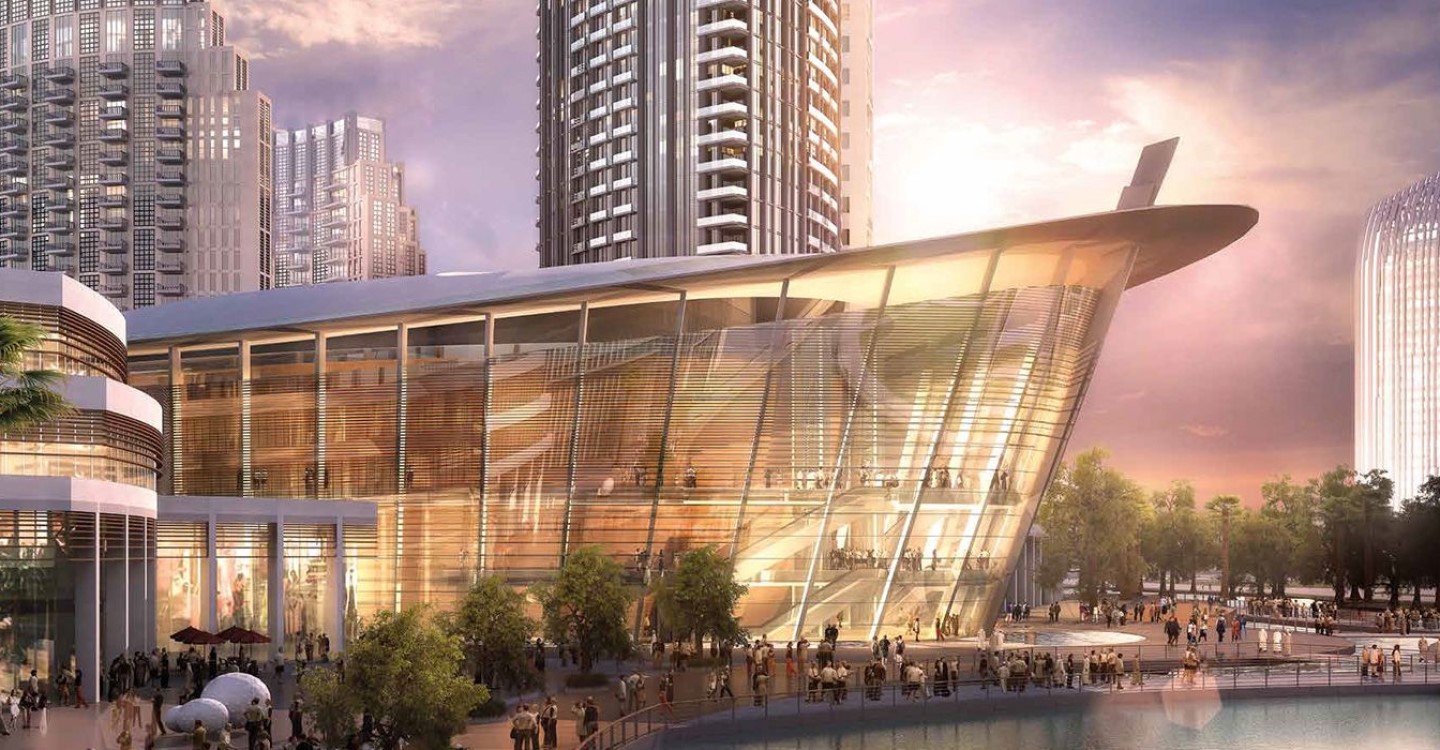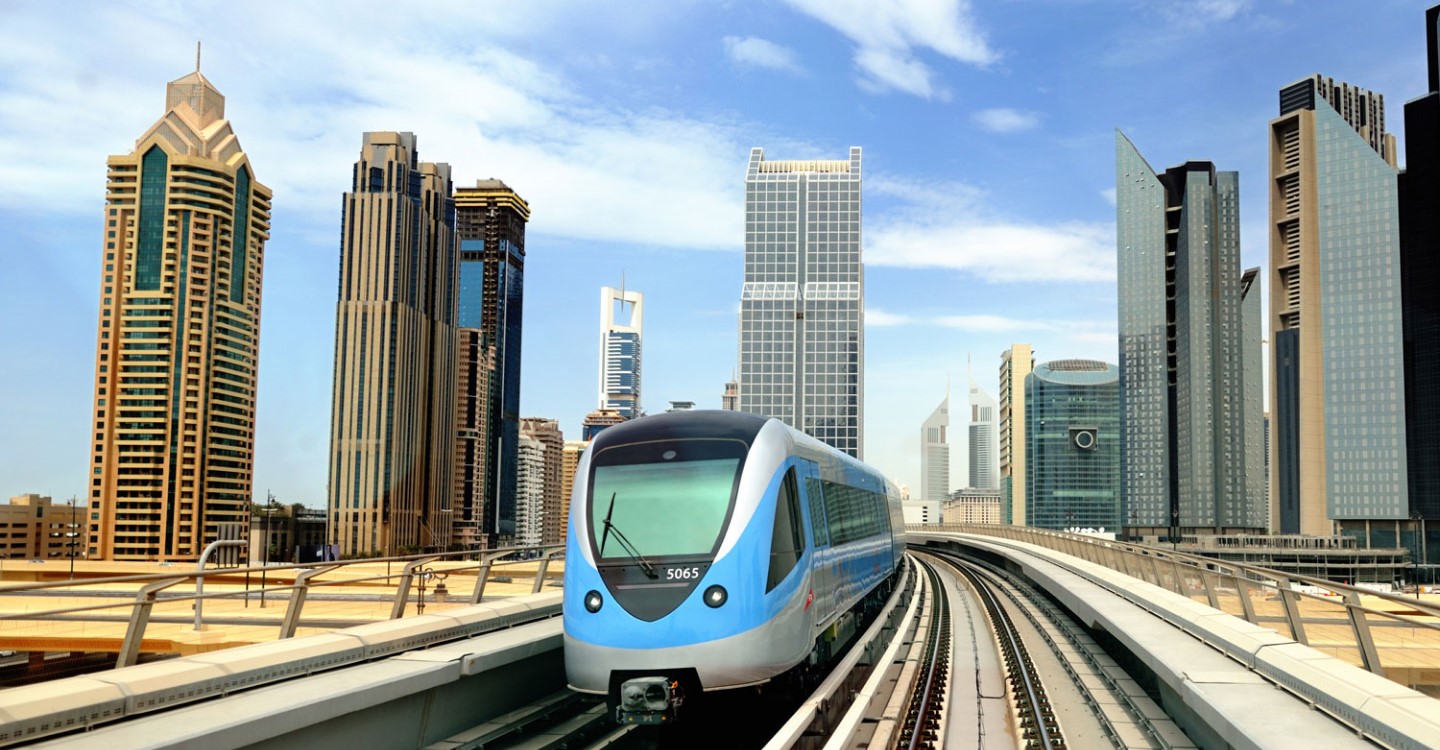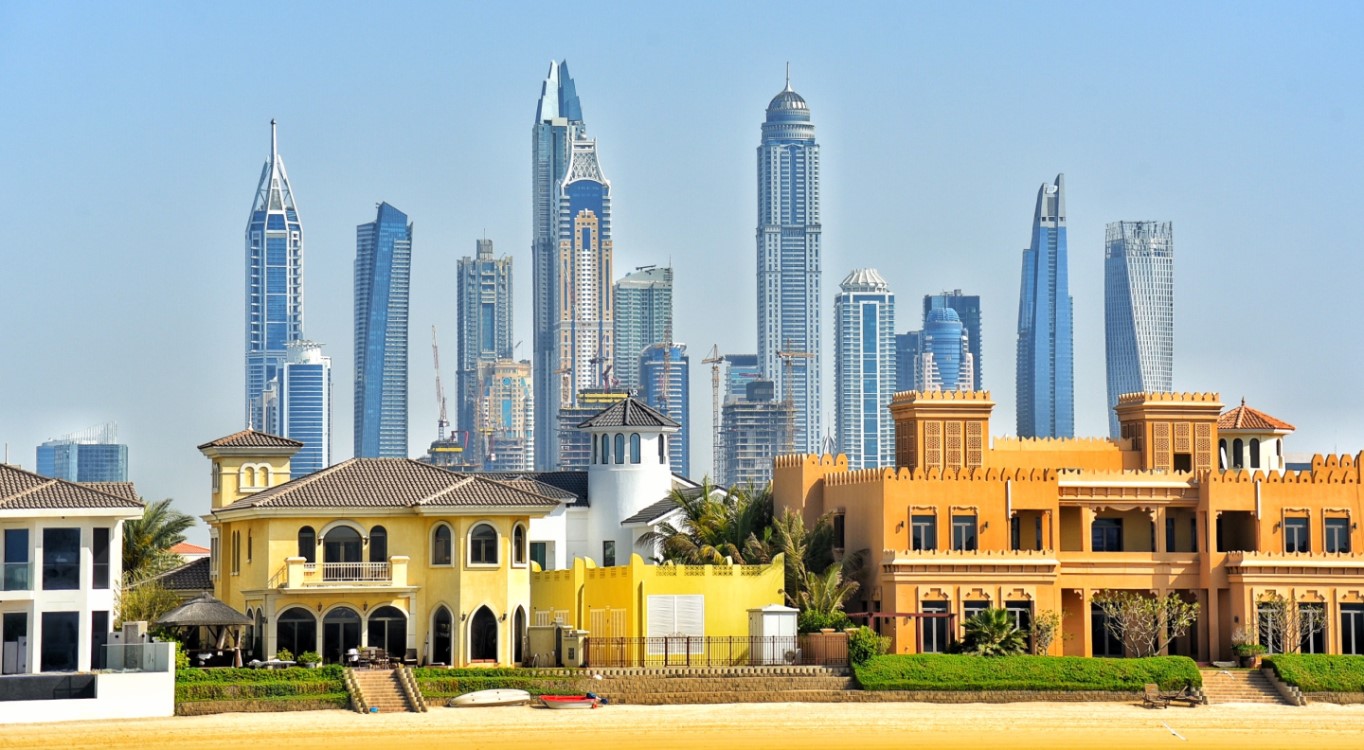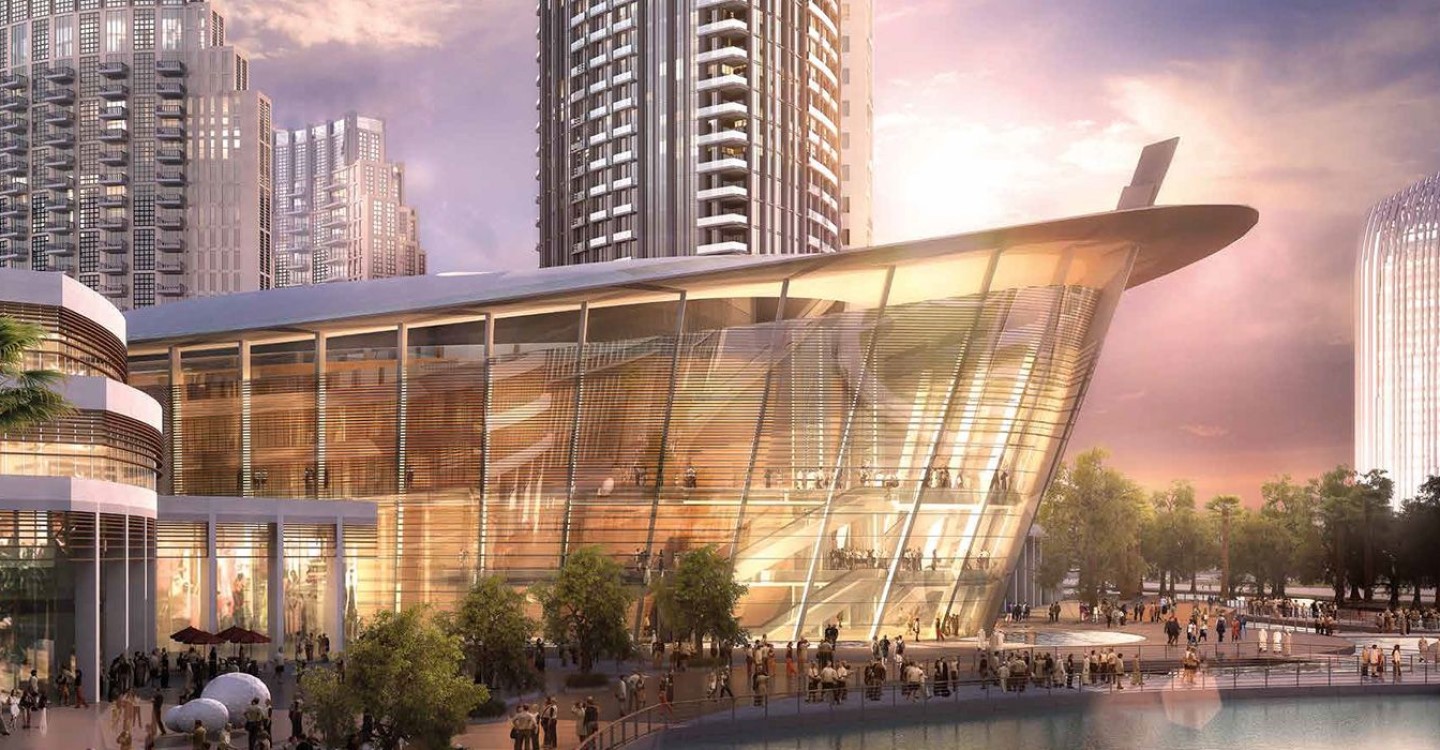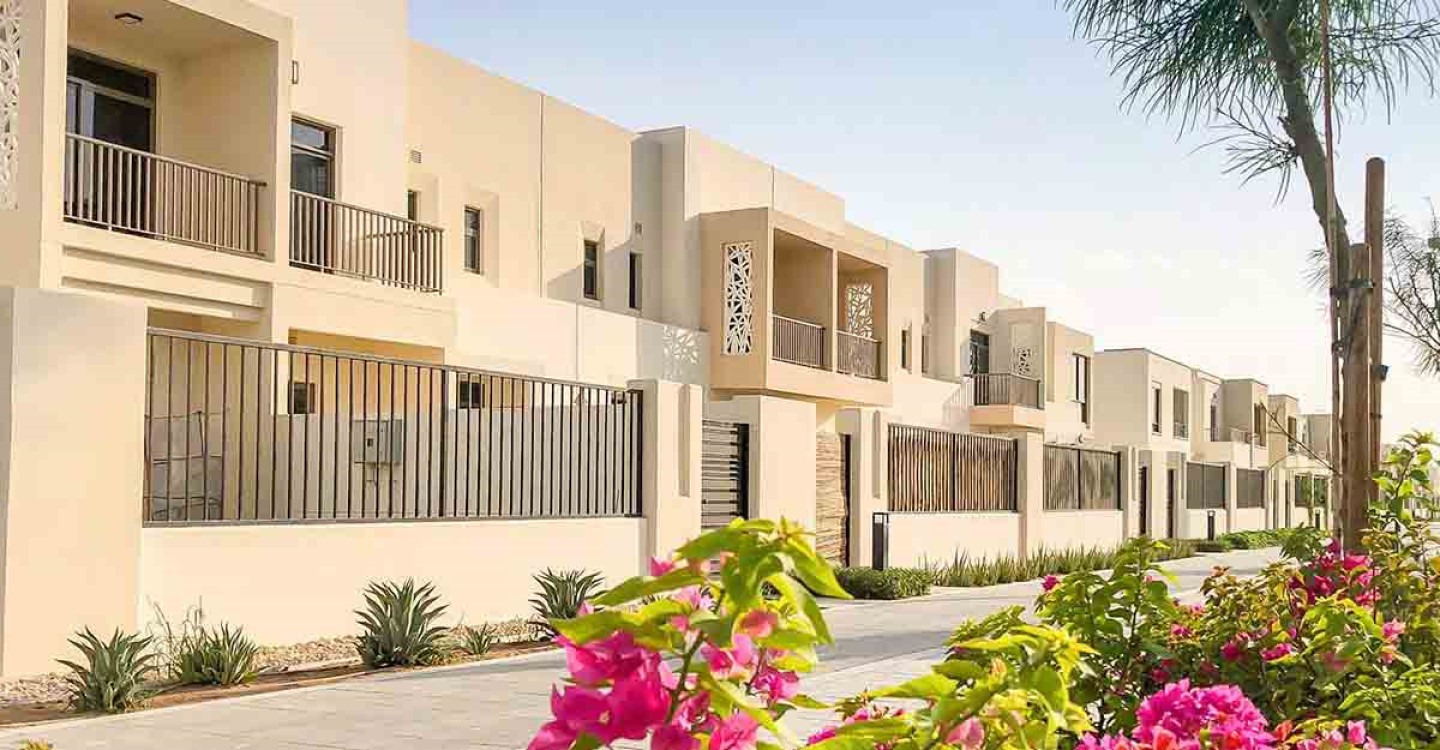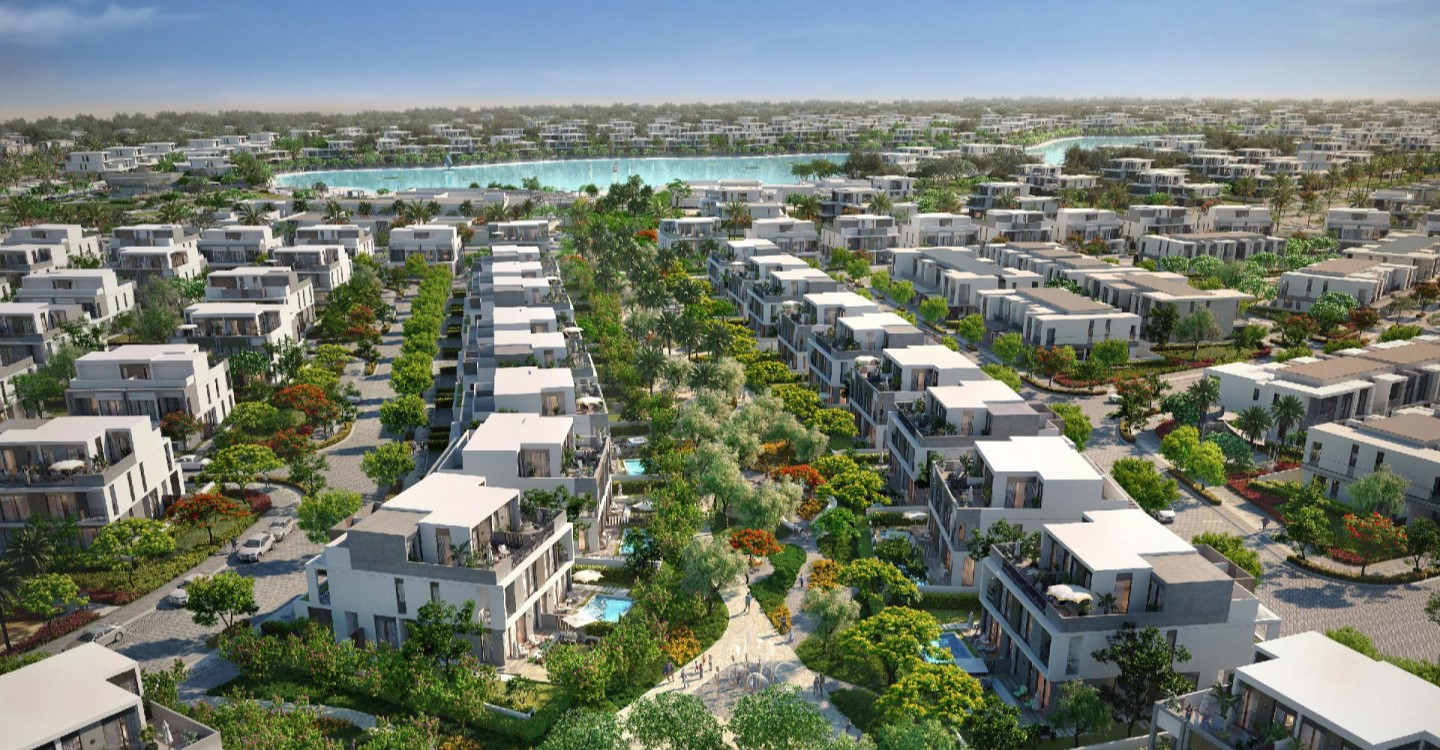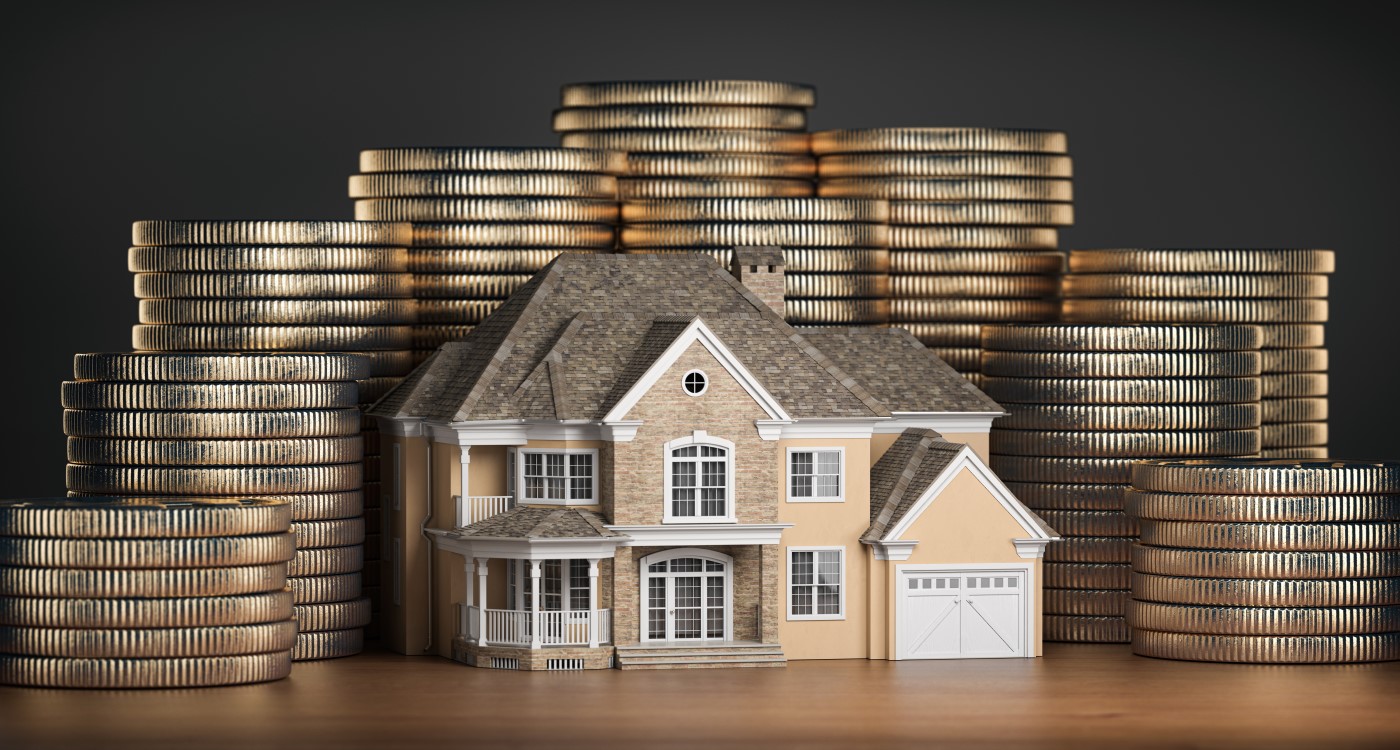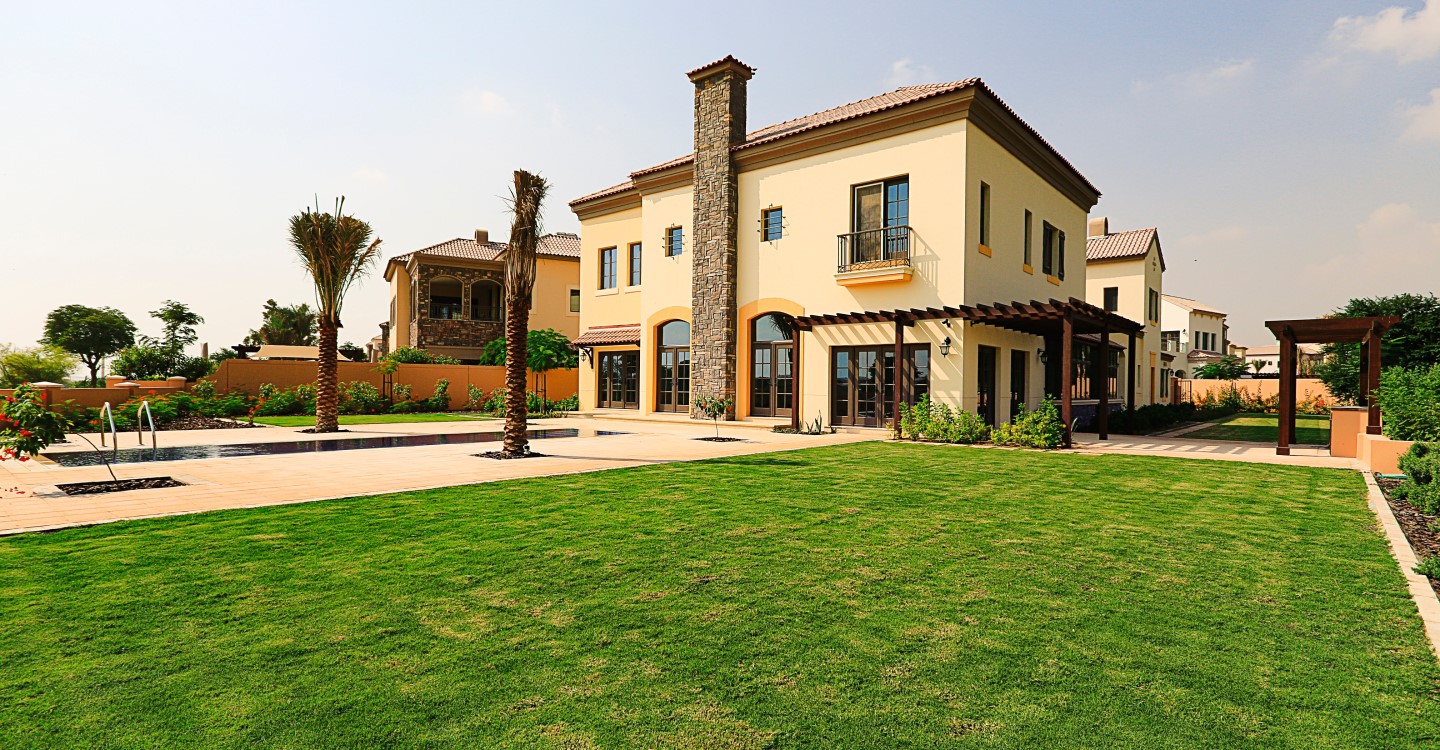The real estate industry is continually evolving, influenced by technological advancements, economic shifts, and changing consumer preferences. As we move into 2024 and beyond, several key trends are poised to shape the future of real estate. In this detailed exploration, I will delve into these trends, providing insights into how they might impact buyers, sellers, investors, and industry professionals.
The Rise of PropTech
PropTech, or property technology, is revolutionizing the real estate industry by introducing innovative solutions that enhance efficiency, transparency, and user experience. In 2024, we can expect to see even greater integration of PropTech in various aspects of real estate.
One of the most significant advancements in PropTech is the use of artificial intelligence (AI) and machine learning. These technologies are being employed to analyze market trends, predict property values, and provide personalized recommendations to buyers and investors. AI-powered chatbots and virtual assistants are also becoming more common, offering instant customer support and streamlining the property search and transaction process.
Virtual reality (VR) and augmented reality (AR) are transforming property viewings. Potential buyers can now take immersive virtual tours of properties from the comfort of their homes, allowing them to explore every detail without physically visiting the location. This technology not only saves time but also broadens the pool of potential buyers, as people from different geographic locations can easily view properties.
Blockchain technology is another game-changer. It offers a secure and transparent way to conduct transactions, reducing the risk of fraud and simplifying the buying and selling process. Smart contracts, which are self-executing contracts with the terms directly written into code, can automate and expedite transactions, making the entire process more efficient.
Sustainability and Green Building Practices
Sustainability is no longer a niche consideration; it has become a mainstream demand. As environmental concerns continue to grow, the real estate industry is increasingly focusing on green building practices and sustainable development.
Energy-efficient homes and buildings are in high demand. Features such as solar panels, energy-efficient windows, and smart home systems that optimize energy usage are becoming standard in new developments. These features not only reduce the environmental impact but also lower utility costs for homeowners and tenants.
Green building certifications, such as LEED (Leadership in Energy and Environmental Design) and BREEAM (Building Research Establishment Environmental Assessment Method), are gaining prominence. Properties with these certifications are viewed more favorably by buyers and investors, as they signify a commitment to sustainability and higher standards of construction.
Moreover, urban planning is being influenced by sustainability principles. Mixed-use developments that promote walkability, reduce reliance on cars, and integrate green spaces are becoming more common. These developments not only provide environmental benefits but also create vibrant, livable communities.
The Shift to Remote Work and Its Impact on Real Estate
The COVID-19 pandemic has accelerated the adoption of remote work, and this trend is likely to have a lasting impact on the real estate market. As more companies embrace flexible work arrangements, the demand for traditional office spaces is changing.
In 2024 and beyond, we can expect to see a shift towards hybrid work models, where employees split their time between home and office. This will lead to a reevaluation of office space requirements, with a focus on flexibility and adaptability. Companies may seek smaller, more versatile office spaces that can be easily reconfigured to accommodate different work styles and team sizes.
The rise of remote work is also influencing residential real estate. With the ability to work from anywhere, many people are choosing to move away from densely populated urban centers to suburban or rural areas where they can enjoy a higher quality of life. This shift is driving demand for larger homes with dedicated office spaces and access to outdoor amenities.
Co-living spaces are another trend to watch. These spaces, which offer private living areas alongside shared common spaces, cater to the needs of remote workers who seek a sense of community and collaboration. Co-living developments are often equipped with high-speed internet, coworking spaces, and other amenities that support remote work.
The Growth of Real Estate Crowdfunding
Real estate crowdfunding is democratizing property investment, allowing individuals to invest in real estate projects with relatively small amounts of capital. This trend is expected to continue growing in 2024 and beyond, providing new opportunities for both investors and developers.
Crowdfunding platforms enable investors to pool their resources to fund real estate projects, which can range from residential developments to commercial properties. This approach opens up real estate investment to a broader audience, including those who may not have the financial means to invest in properties on their own.
For developers, crowdfunding offers an alternative source of financing that can be more flexible and accessible than traditional bank loans. It also allows developers to gauge market interest in their projects and build a community of investors who are vested in the success of the development.
As real estate crowdfunding gains popularity, regulatory frameworks are evolving to ensure transparency and protect investors. Platforms are increasingly implementing rigorous due diligence processes and providing detailed information about investment opportunities to build trust and credibility.
The Integration of Smart Home Technology
Smart home technology is becoming an integral part of modern living, offering convenience, security, and energy efficiency. In 2024 and beyond, the integration of smart home features will be a key selling point for properties.
Smart thermostats, lighting systems, and security cameras are just a few examples of technologies that can be controlled remotely via smartphones or voice assistants. These systems not only enhance comfort and convenience but also help homeowners save on energy costs by optimizing usage.
Voice-activated assistants like Amazon Alexa and Google Home are becoming central hubs for smart home ecosystems, allowing users to control multiple devices with simple voice commands. As the technology continues to advance, we can expect even greater integration and interoperability between different smart home devices.
Homebuyers are increasingly looking for properties with pre-installed smart home systems. Builders and developers are responding to this demand by incorporating smart technology into new construction projects. Additionally, retrofitting older homes with smart features is becoming more common, making these properties more attractive to tech-savvy buyers.
The Influence of Demographic Shifts
Demographic changes are another important factor shaping the future of real estate. Different generations have distinct preferences and needs, and understanding these trends is crucial for predicting market dynamics.
Millennials, who are now the largest generation in the workforce, are entering their prime home-buying years. This generation values convenience, sustainability, and technology. They are more likely to seek out urban or suburban properties with access to amenities such as public transportation, restaurants, and recreational facilities. Millennials are also driving demand for rental properties, as many prefer the flexibility of renting over homeownership.
Generation Z, the youngest cohort, is beginning to enter the housing market as well. This tech-savvy generation is likely to prioritize smart home features, sustainability, and affordability. Developers and real estate professionals will need to adapt to the preferences of this emerging group of buyers.
Baby Boomers, on the other hand, are entering retirement and looking to downsize or relocate to properties that better suit their changing needs. This generation values accessibility, low maintenance, and proximity to healthcare and leisure activities. The demand for age-restricted communities and senior living facilities is expected to grow as Baby Boomers seek housing options that support their lifestyle and health requirements.
The Continued Rise of Urbanization
Despite the shift towards remote work and suburban living, urbanization remains a significant trend. Cities continue to attract people due to their economic opportunities, cultural attractions, and vibrant lifestyles.
In 2024 and beyond, urban development will focus on creating livable, sustainable, and resilient cities. Mixed-use developments that combine residential, commercial, and recreational spaces are becoming more prevalent. These developments promote walkability, reduce the need for commuting, and foster a sense of community.
Transportation infrastructure is also a key consideration in urban planning. The expansion of public transportation networks, bike lanes, and pedestrian-friendly streets will play a crucial role in shaping the future of cities. Developers are increasingly incorporating transportation-oriented development (TOD) principles, which emphasize the creation of dense, mixed-use communities centered around public transit hubs.
The Impact of Economic Factors
Economic factors will continue to influence the real estate market in 2024 and beyond. Interest rates, inflation, and economic growth are all critical determinants of real estate demand and pricing.
Interest rates, in particular, have a significant impact on the affordability of mortgages. Lower interest rates make borrowing cheaper, encouraging homebuyers to enter the market. Conversely, rising interest rates can dampen demand and slow down the market. Keeping an eye on monetary policy and interest rate trends will be essential for predicting market movements.
Inflation can also affect the real estate market. Rising construction costs due to inflation can lead to higher property prices, making it more challenging for buyers to afford homes. However, real estate is often seen as a hedge against inflation, as property values tend to increase over time. Investors may turn to real estate as a stable and appreciating asset during periods of inflation.
Economic growth and employment rates are equally important. A strong economy with robust job growth can boost consumer confidence and drive demand for both residential and commercial properties. Conversely, economic downturns can lead to a slowdown in the real estate market as buyers and investors become more cautious.
Conclusion
The future of real estate is shaped by a complex interplay of technological advancements, sustainability initiatives, demographic shifts, economic factors, and evolving consumer preferences. As we move into 2024 and beyond, staying informed about these trends will be crucial for buyers, sellers, investors, and industry professionals alike.











